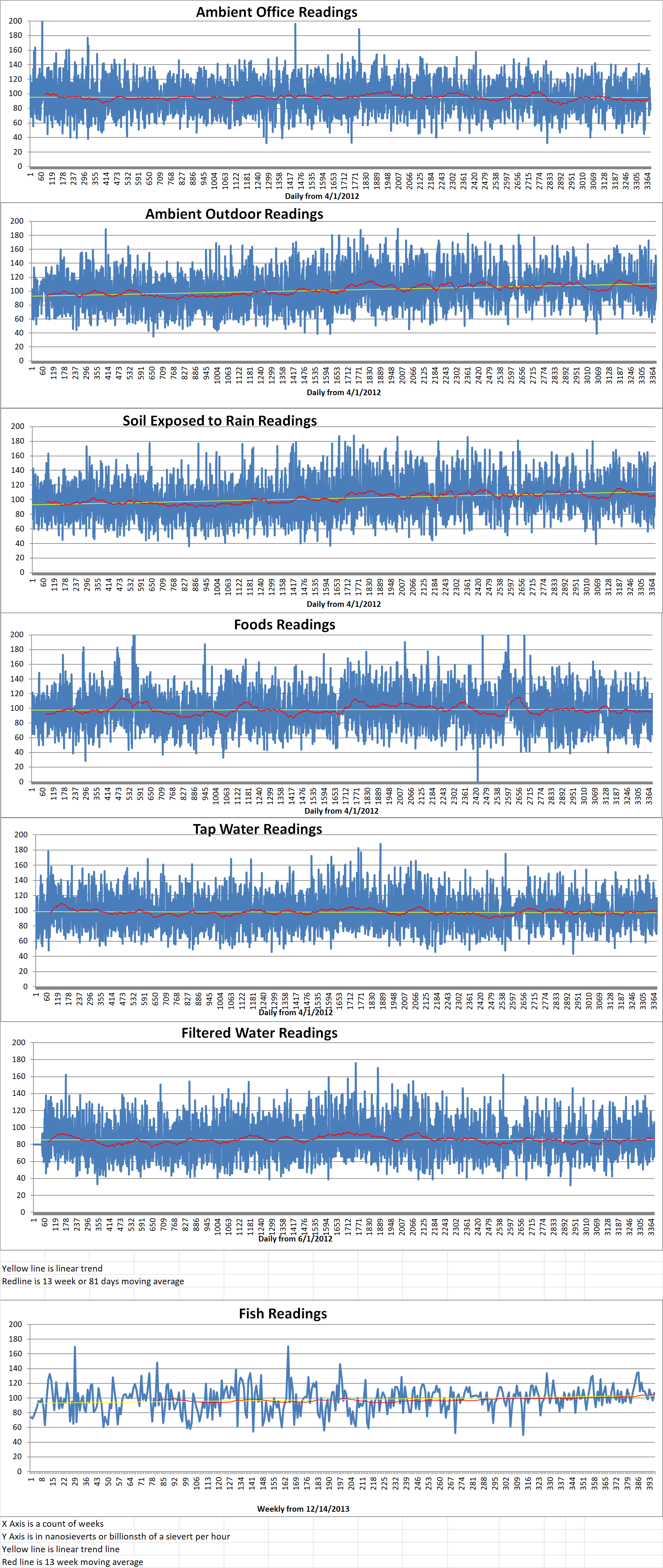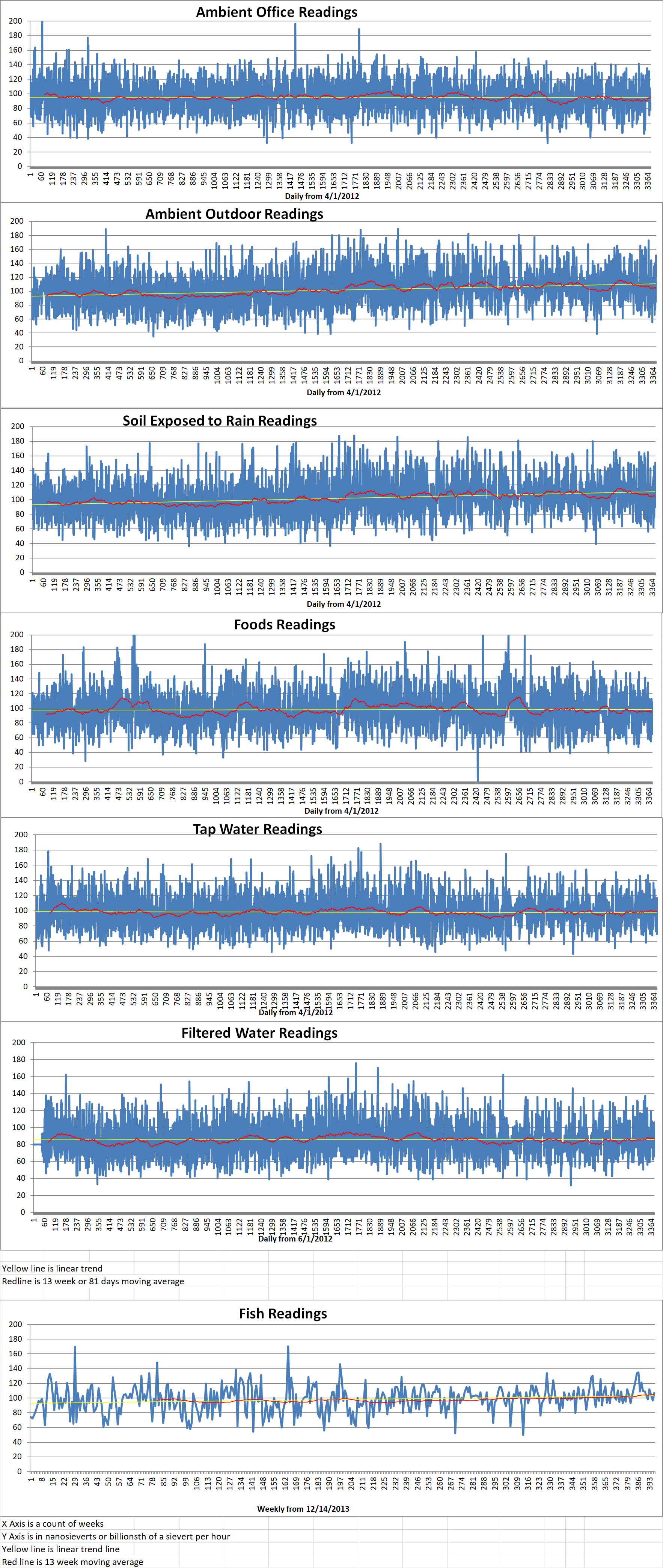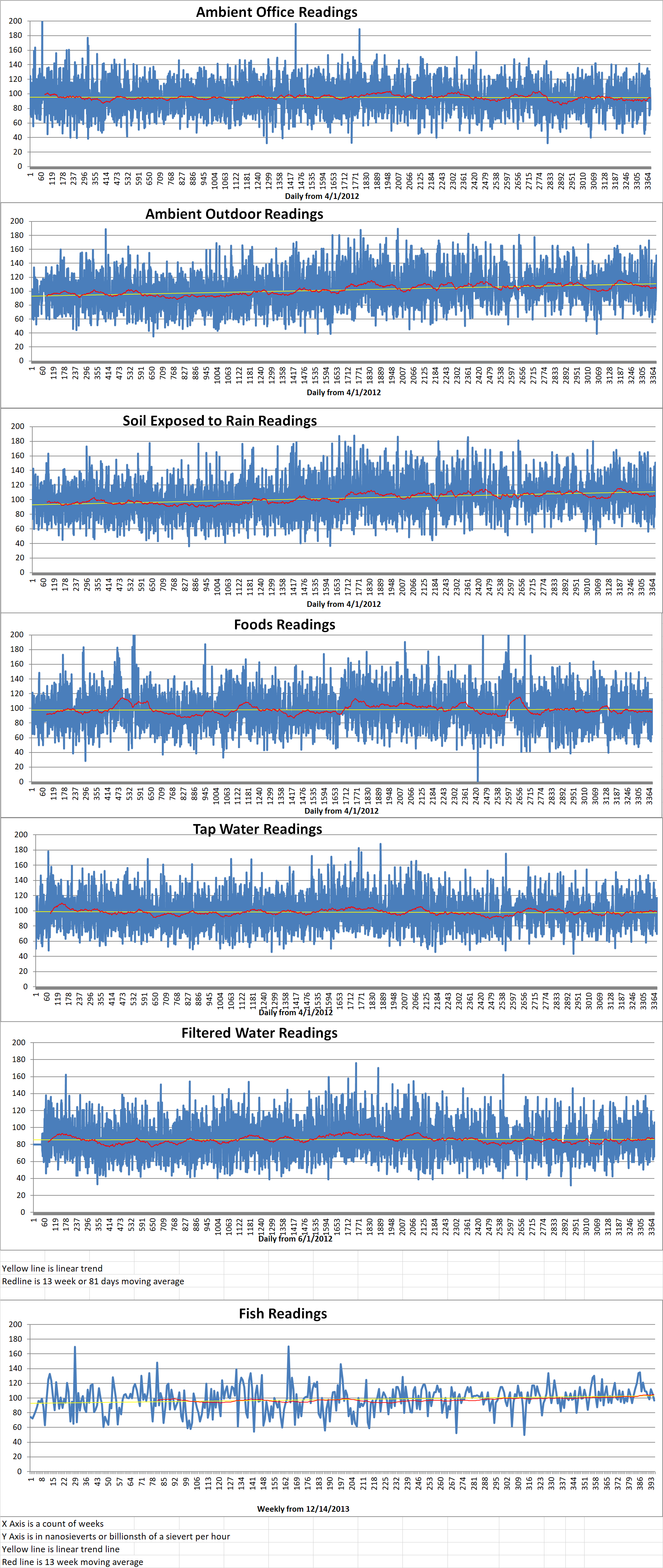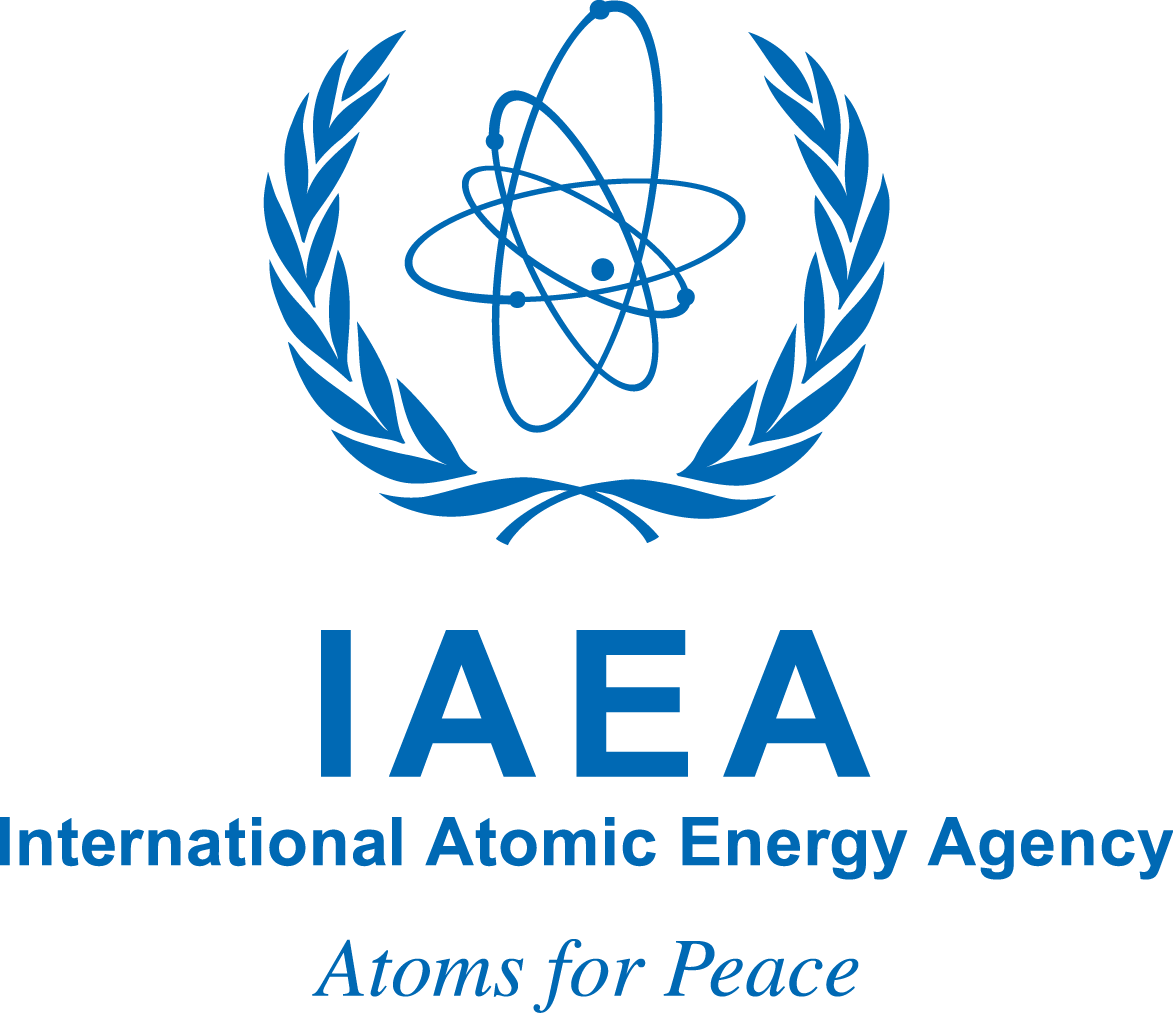Part 2 of 2 Parts (Please read Part 1 first)
Many analysts believe that nuclear energy should play major role in the clean energy transition. However, the high costs of nuclear power have made it uncompetitive when compared to other clean energy sources. Recently, thanks to the sharp rise in energy prices, nuclear power competitiveness is improving. There is a greater commitment to new nuclear power stations in China and other countries. Meantime, innovative nuclear technologies such as small modular reactors (SMRs) are being developed in countries such as China, the U.S., U.K, and Poland. It is hoped that these SMRs will reduce upfront capital costs.
There have been recent optimistic releases about the future of nuclear power from the World Nuclear Association and the International Atomic Energy Agency (IAEA), (The IAEA made its first optimistic projection for future nuclear power use for the first time since the Fukushima nuclear disaster in 2011.) All these factors are making investors more bullish about future uranium demand.
Issues on the supply side have multiplied the effects on the price of uranium. The recent low demand and low price of uranium resulted in mines around the world being mothballed for several years. One example involves Cameco, the largest uranium company listed on the stock exchange, suspended production at its McArthur River mine in Canada in 2018.
The COVID-19 pandemic also impacted the uranium market with production falling by about ten percent in 2020 as mining operations were disrupted. Uranium has no direct substitute and is involved in national security. This has resulted in several countries including China, India and the U.S. accumulating large stockpiles. This has further limited the available supply.
When the cost of producing electricity over the lifetime of a power station is considered, the cost of uranium has a much smaller impact on a nuclear power plant than the equivalent effect of gas or biomass. It is about five percent compared to about eighty percent in other power sources. A big increase in the price of uranium will not have a big impact on the economics of nuclear power.
There is certainly a risk of turbulence in the uranium market over the next few months. In 2021, markets for things like Gamestop and NFTs have become iconic examples of the impact of speculative interest and irrational exuberance.
The uranium price surge also appears to be attracting the attention of “transient” investors. There are indications that shares in companies and funds (like Sprott) exposed to uranium are becoming meme stocks for the r/WallStreetBets community on Reddit. Irrational exuberance may not explain the initial surge in uranium prices but it may be an indicator of more volatility to come.
There may be a bubble growing in the uranium market and it would not be surprising if it is followed by an over-correction on the downside. The growing view is that the world will need significantly more uranium for more nuclear power. This will incentivize the mining of uranium and the release of existing reserves to the market. In the same way as supply issue have exacerbated the effect of heightened demand on the price, the same thing could happen in the opposite direction when more supply becomes available.
All this is symptomatic of the current stage in the uranium production cycle. A glut of reserves has suppressed prices too low to justify extensive mining. This has been followed by a price surge which will increase more mining. The current rally may act as a vital step in ensuring the next phase of the nuclear power industry has adequate fuel.





